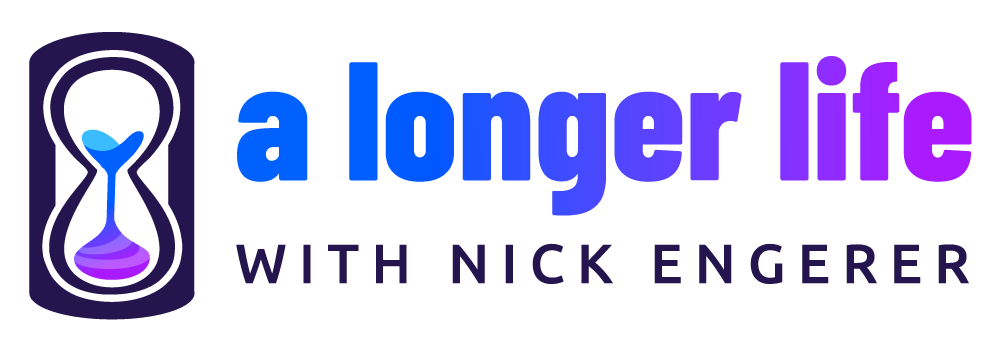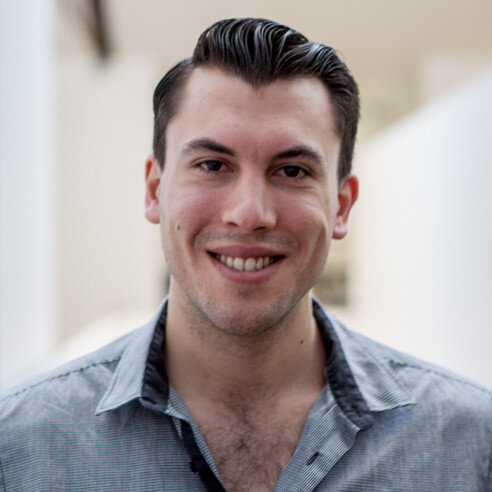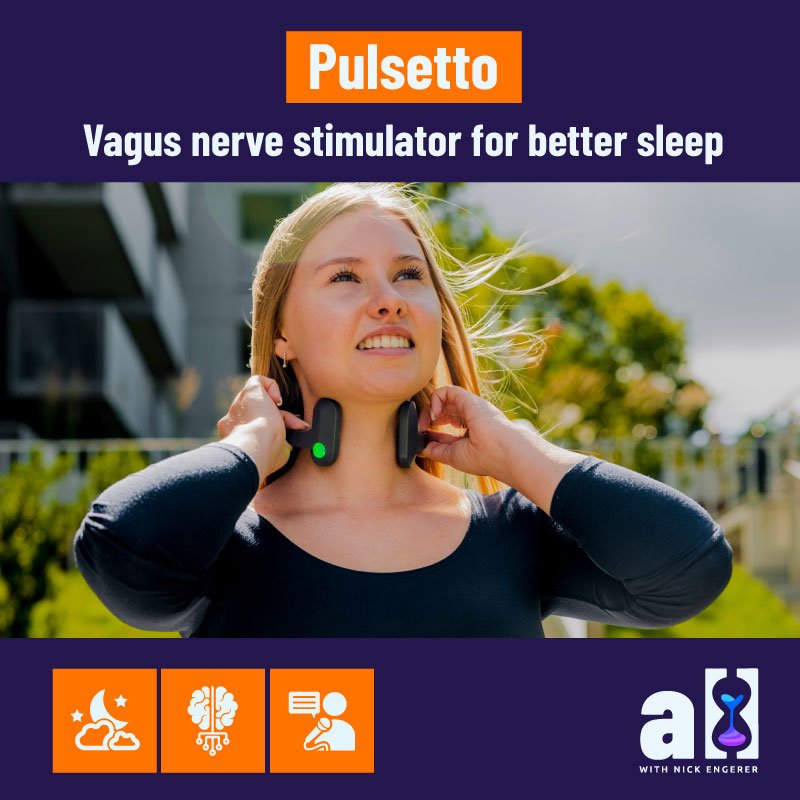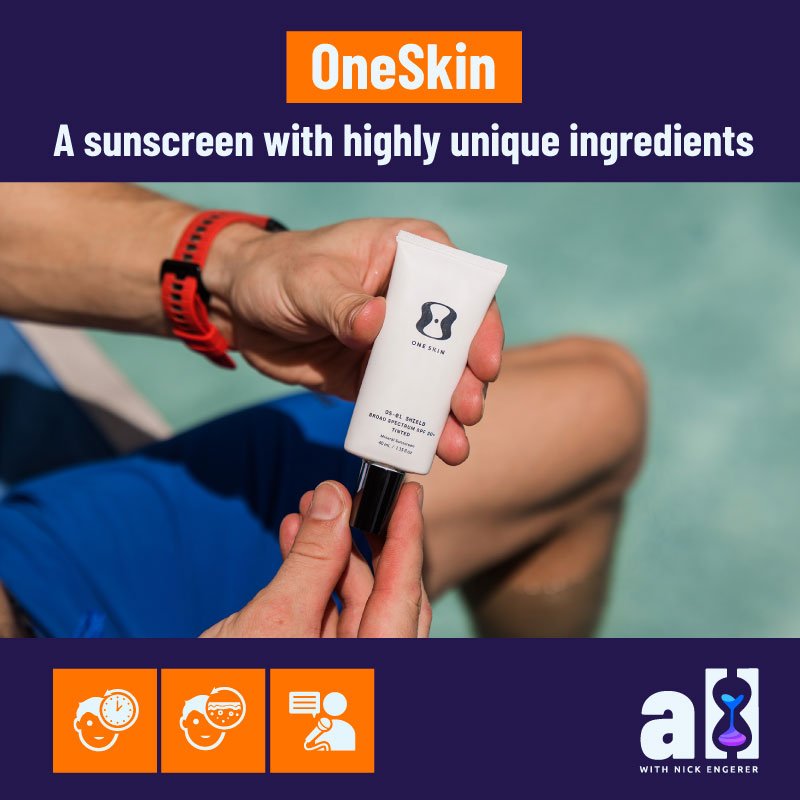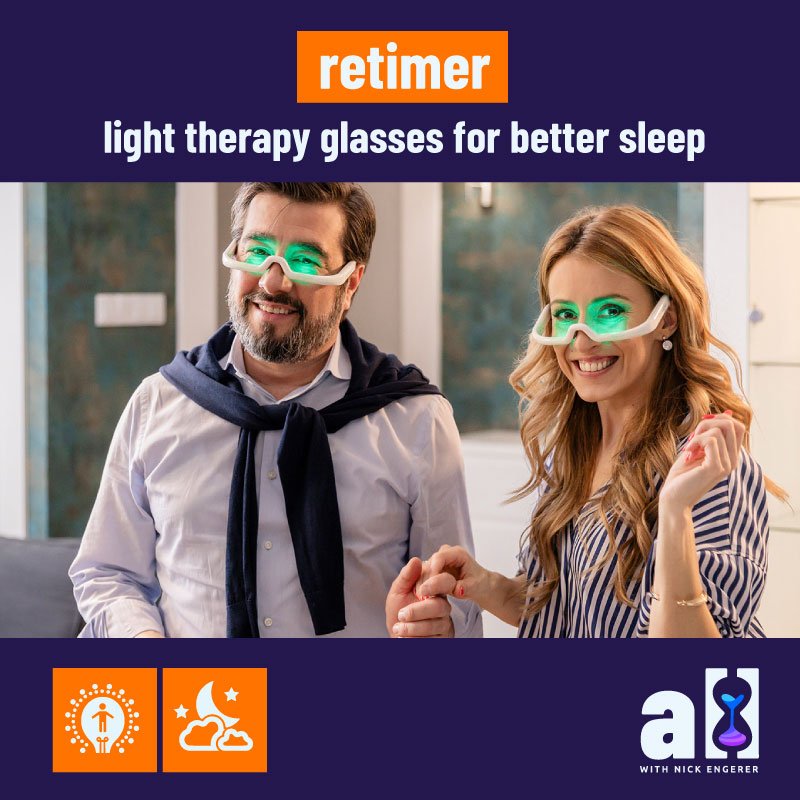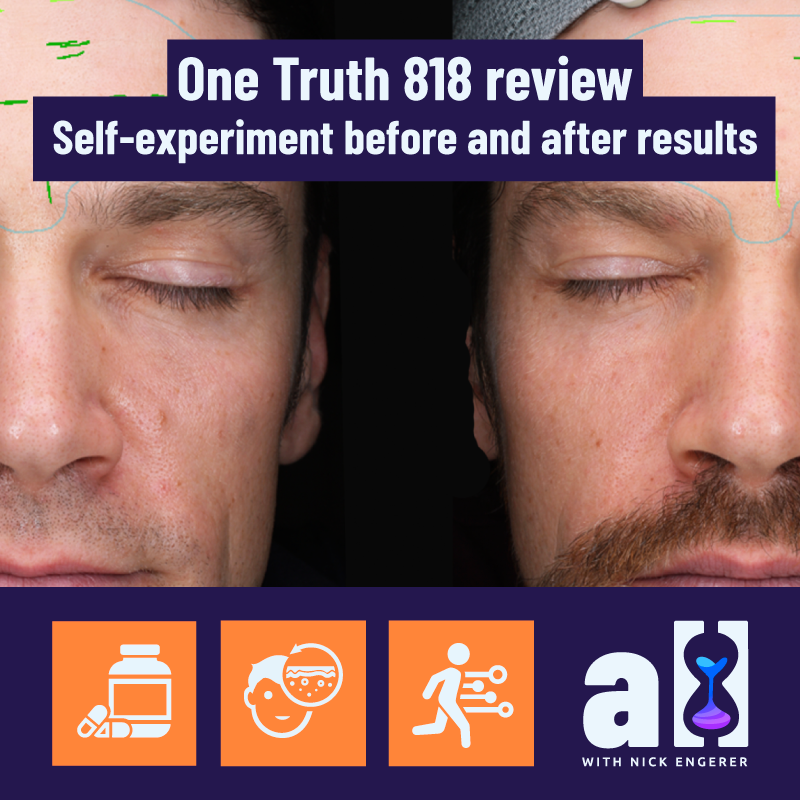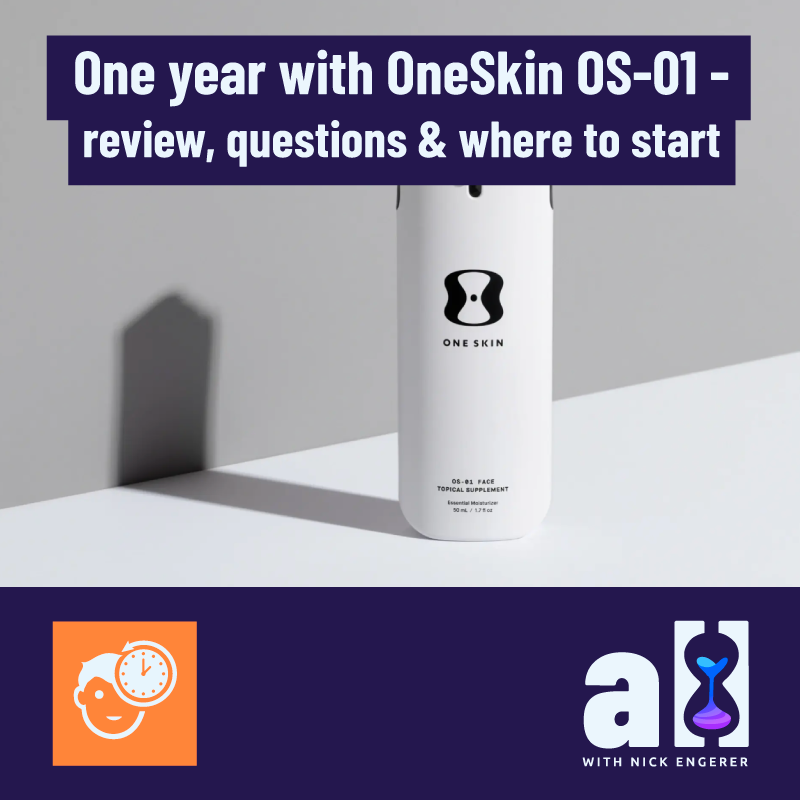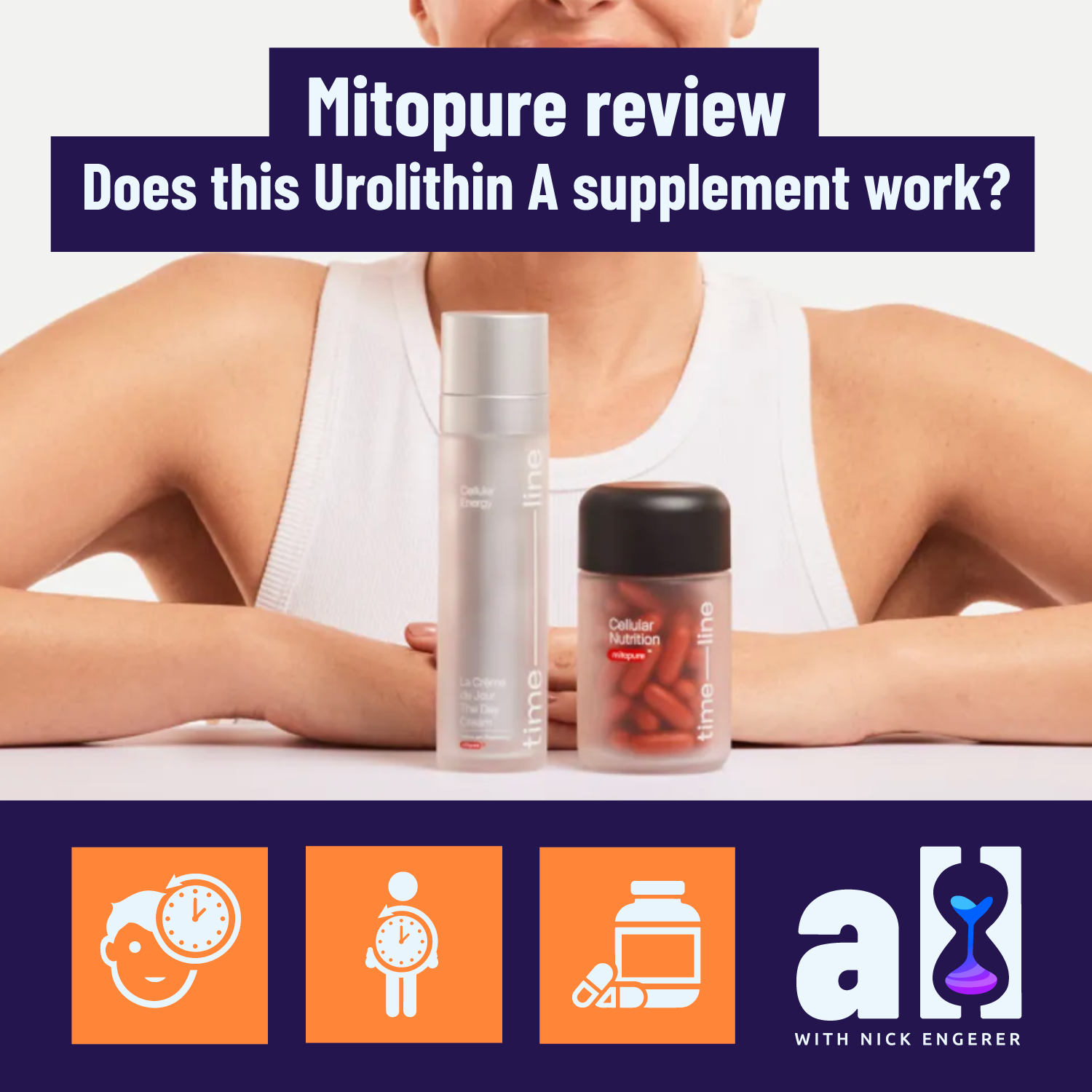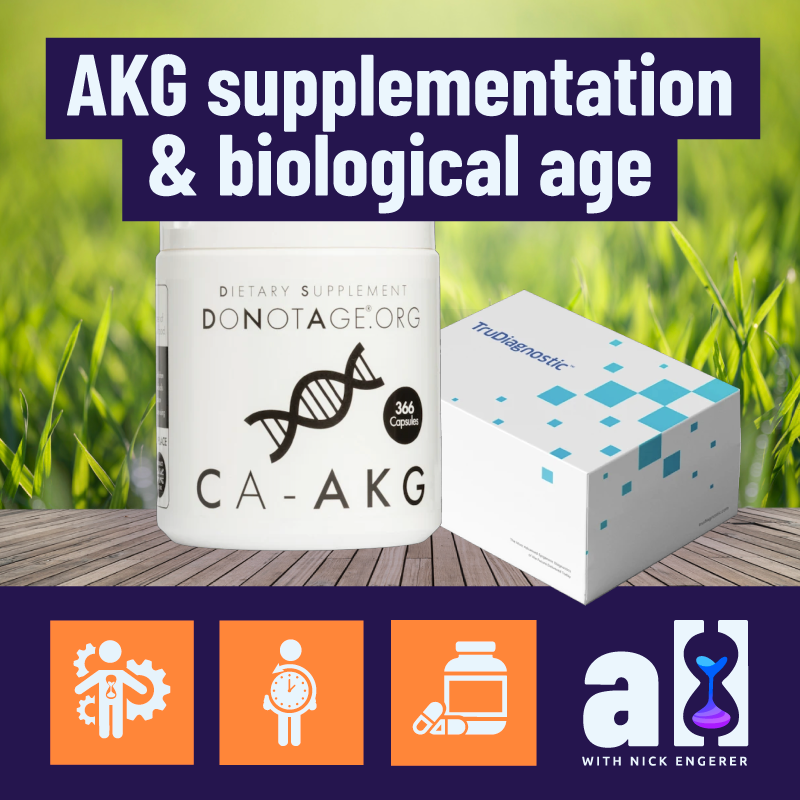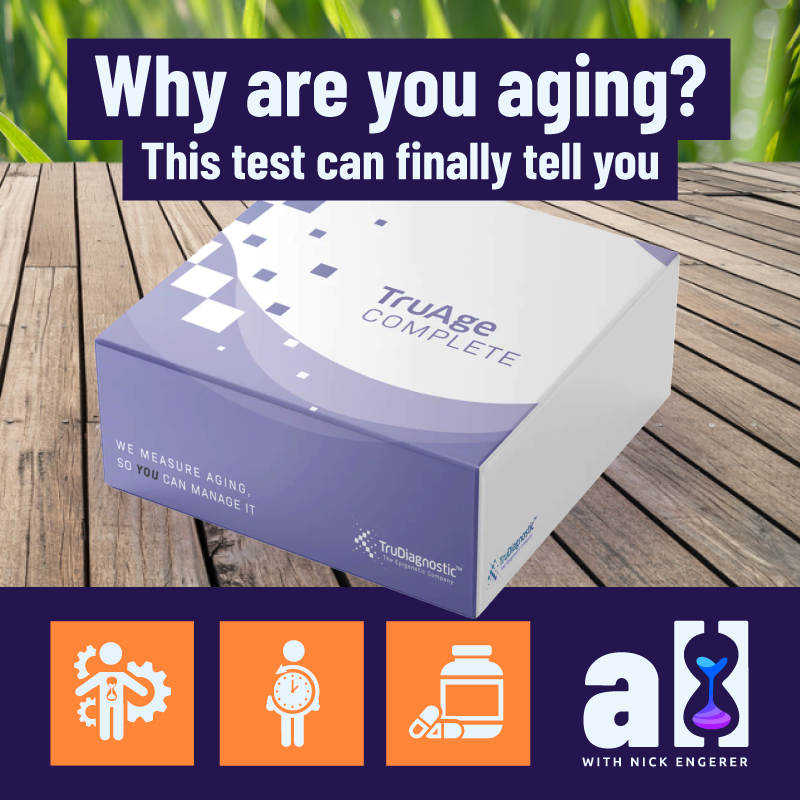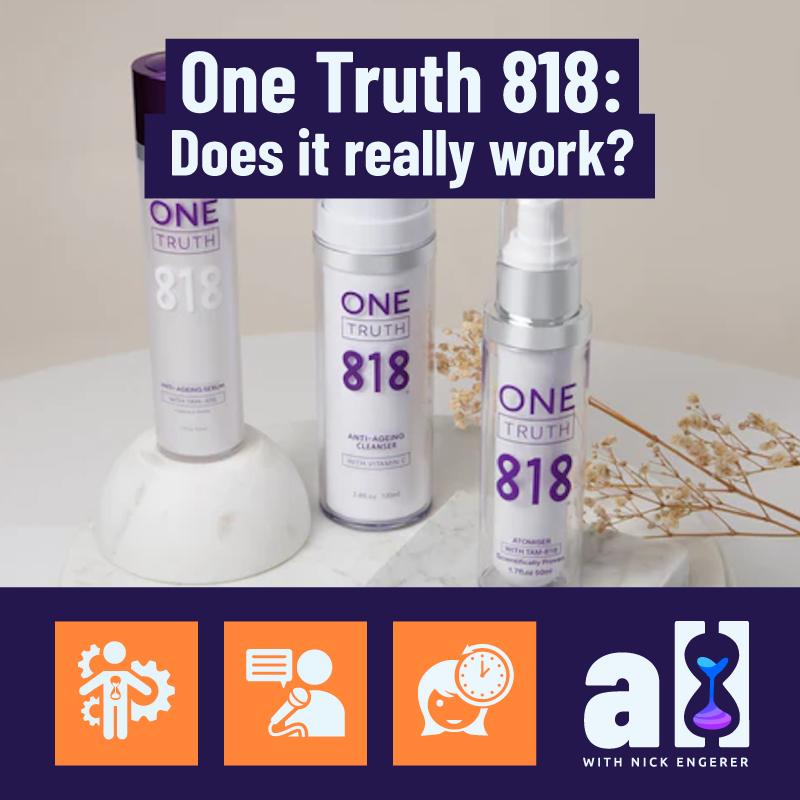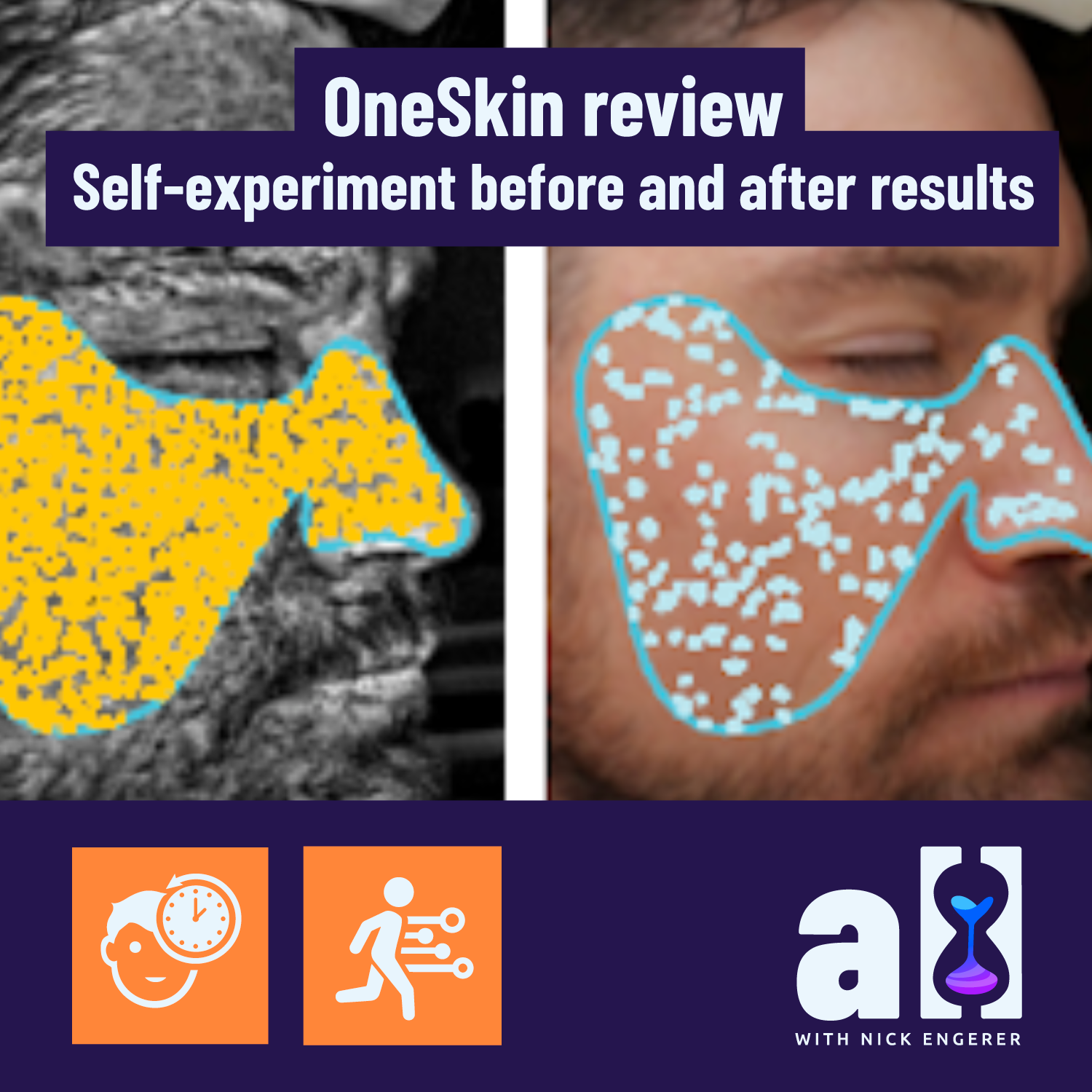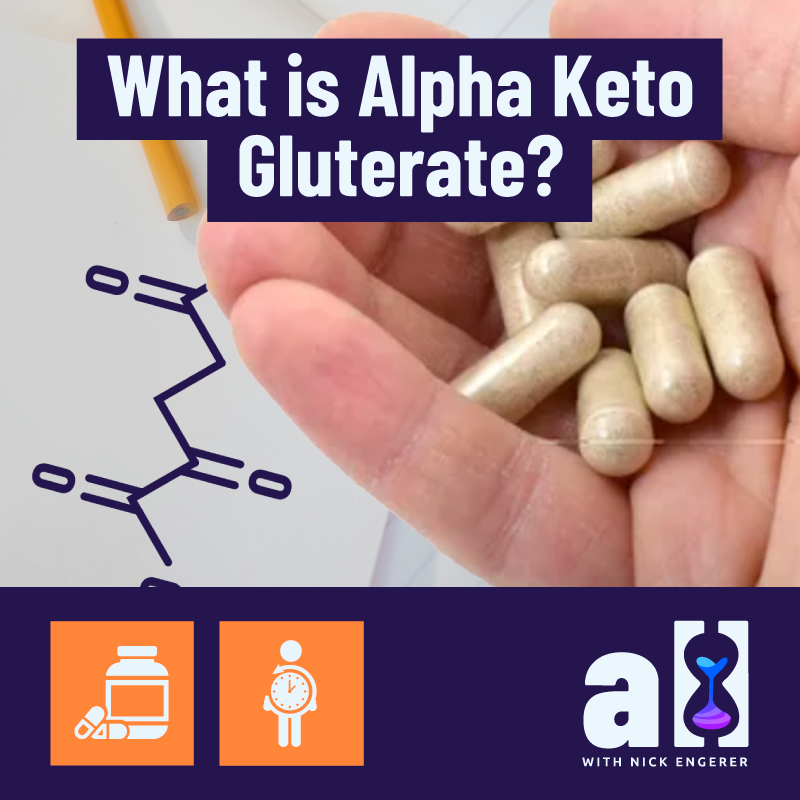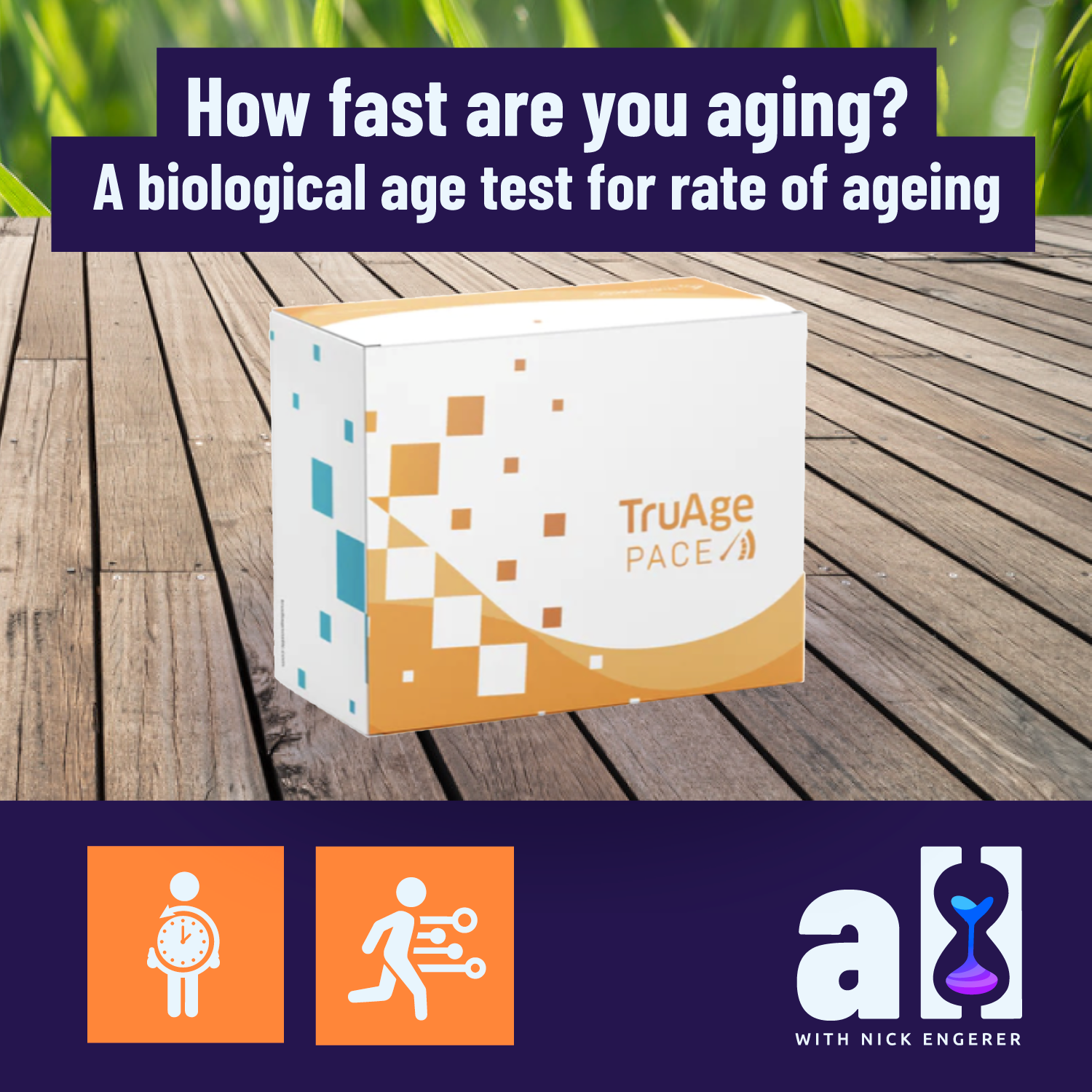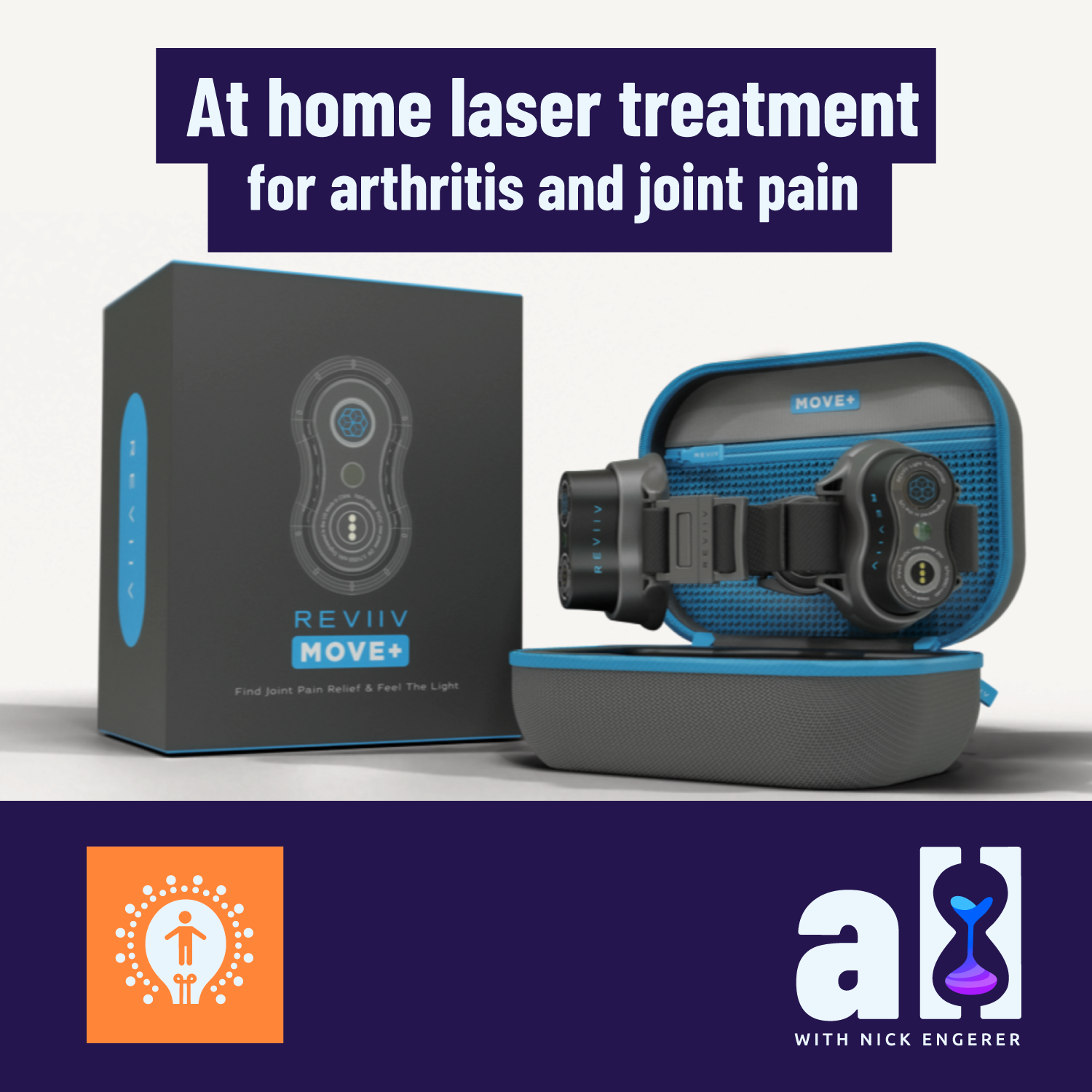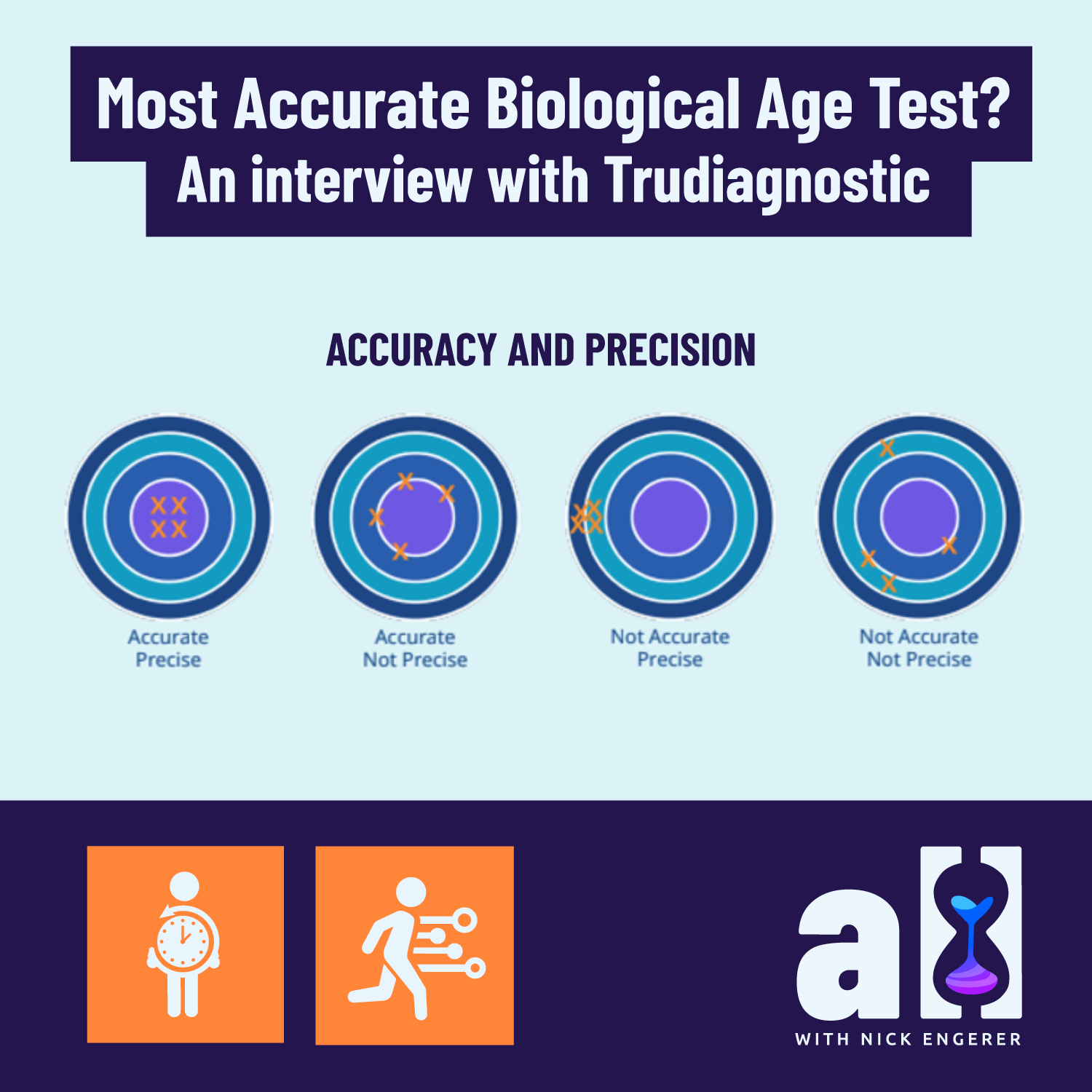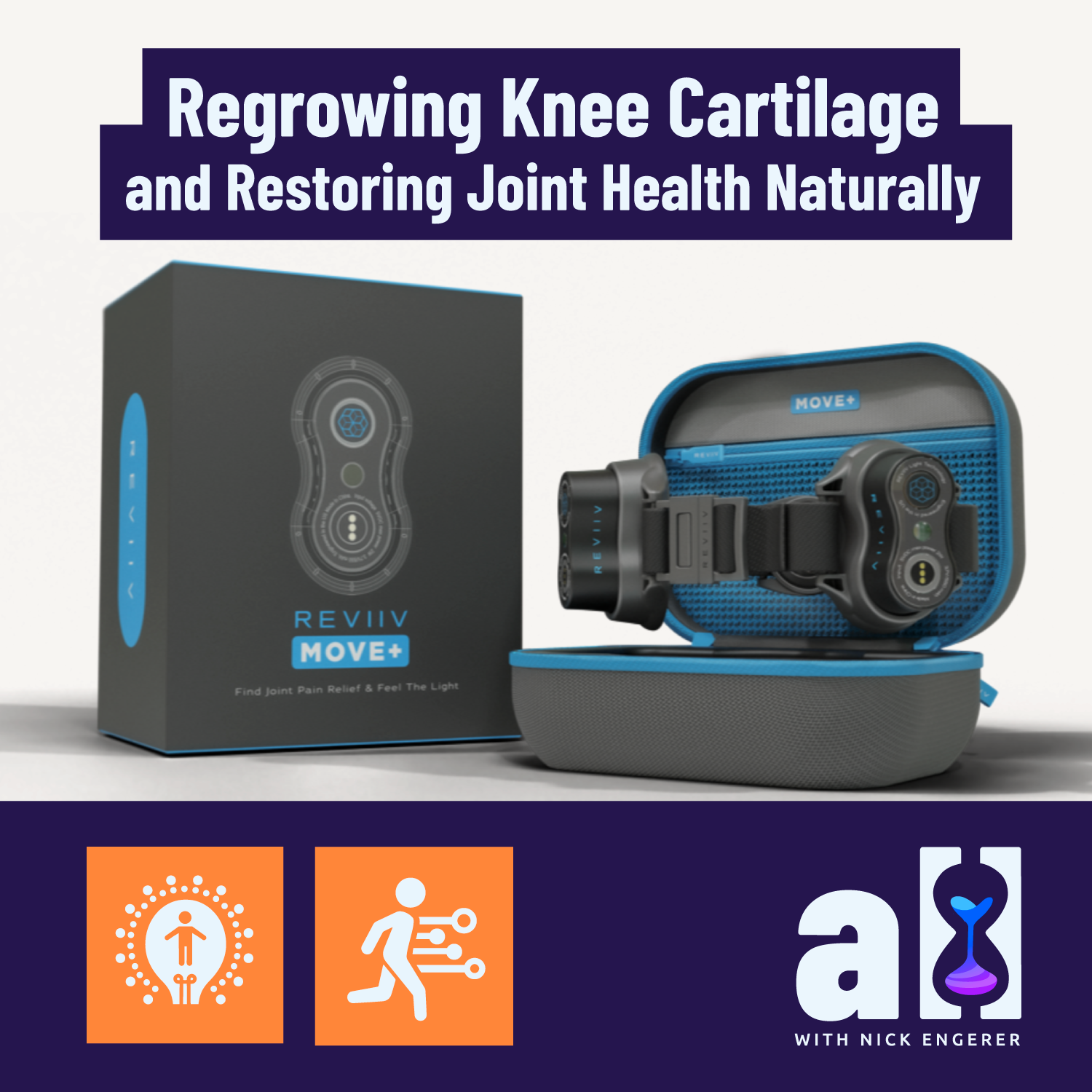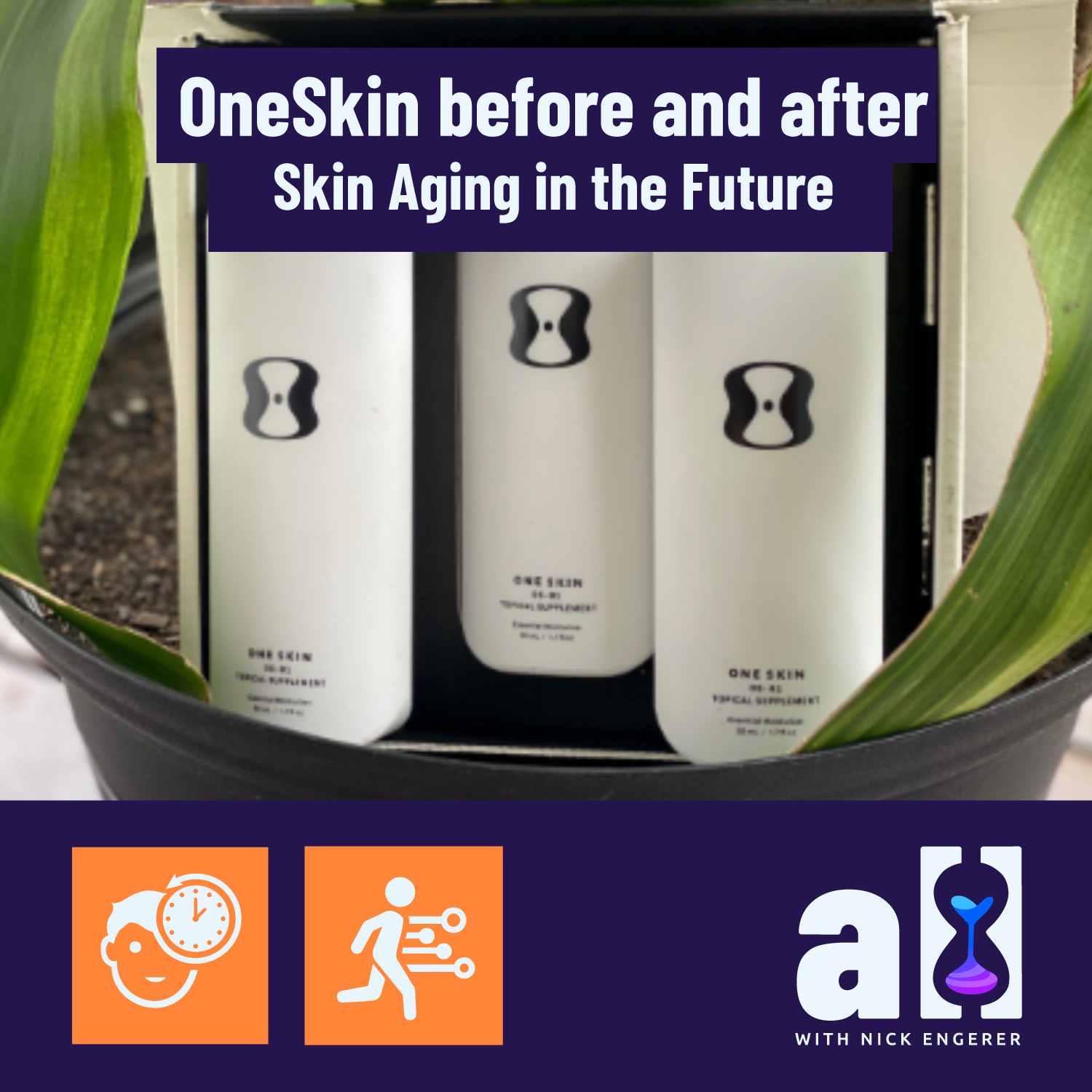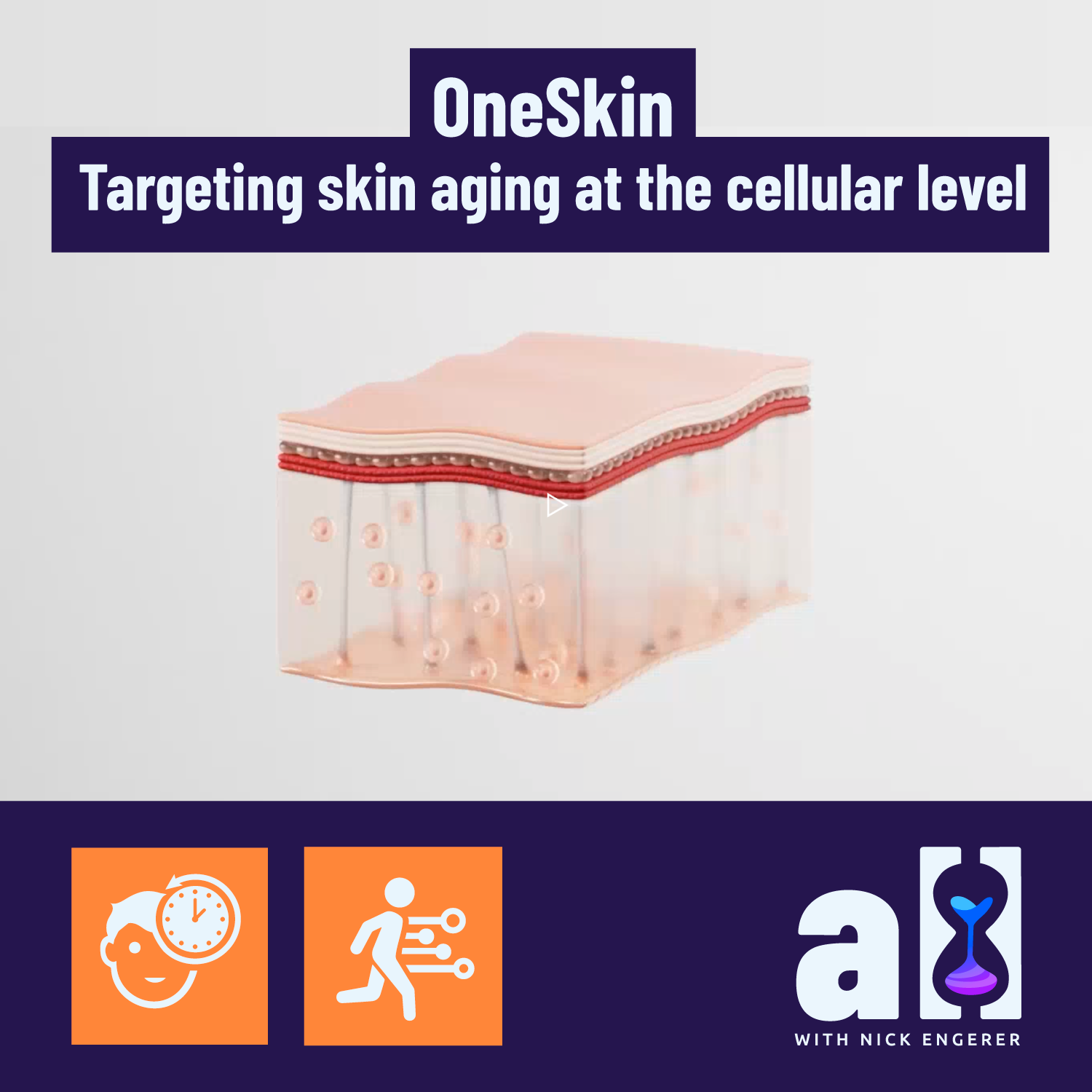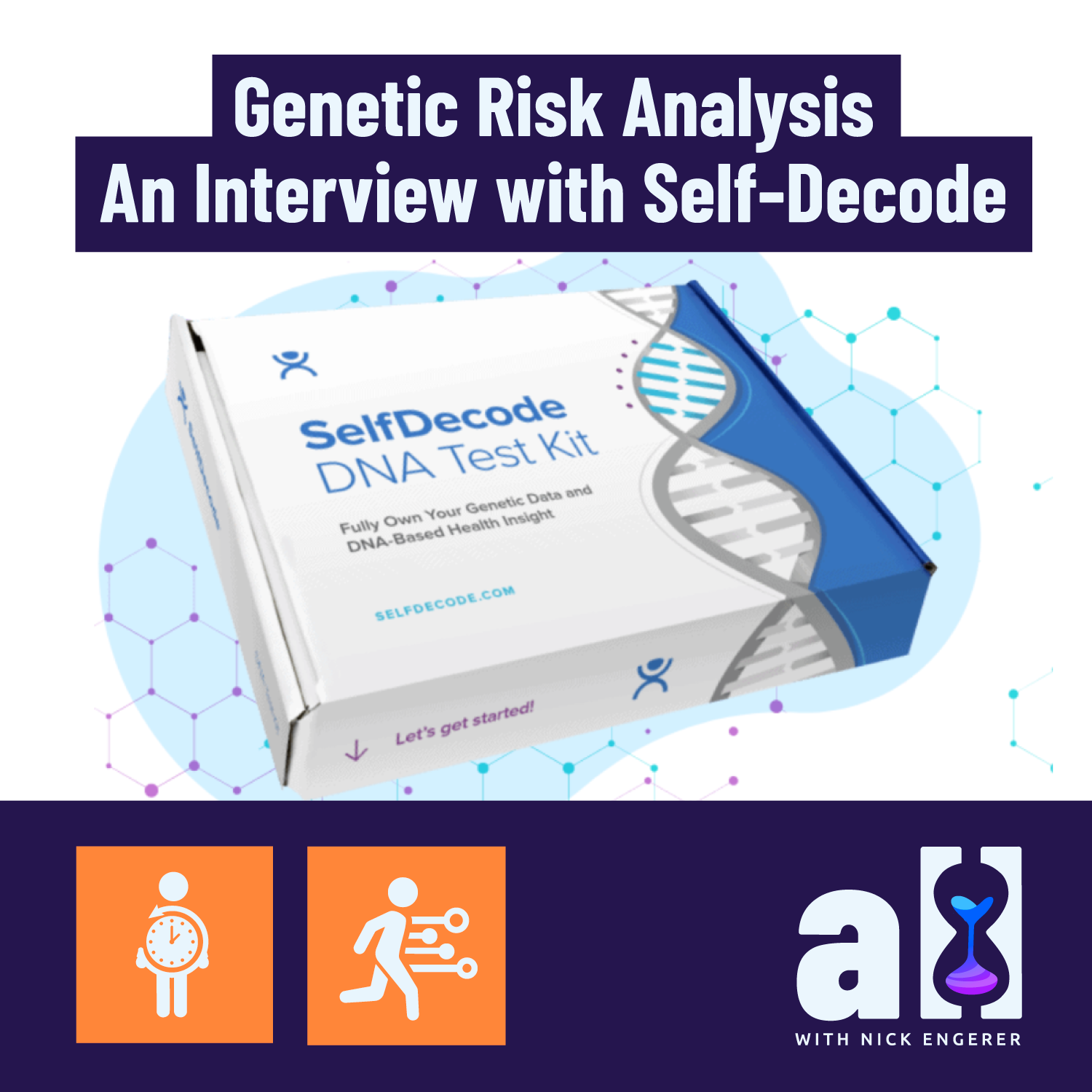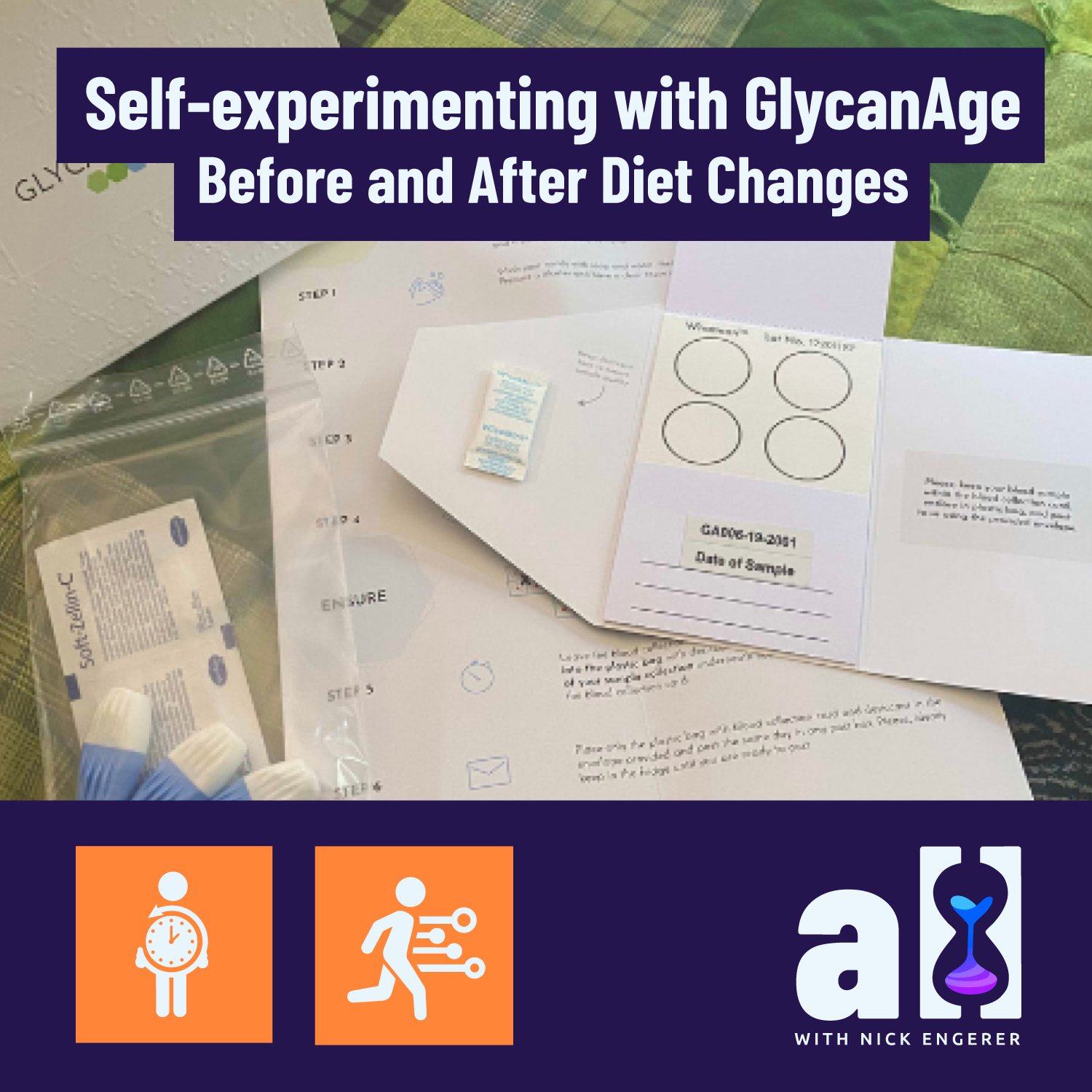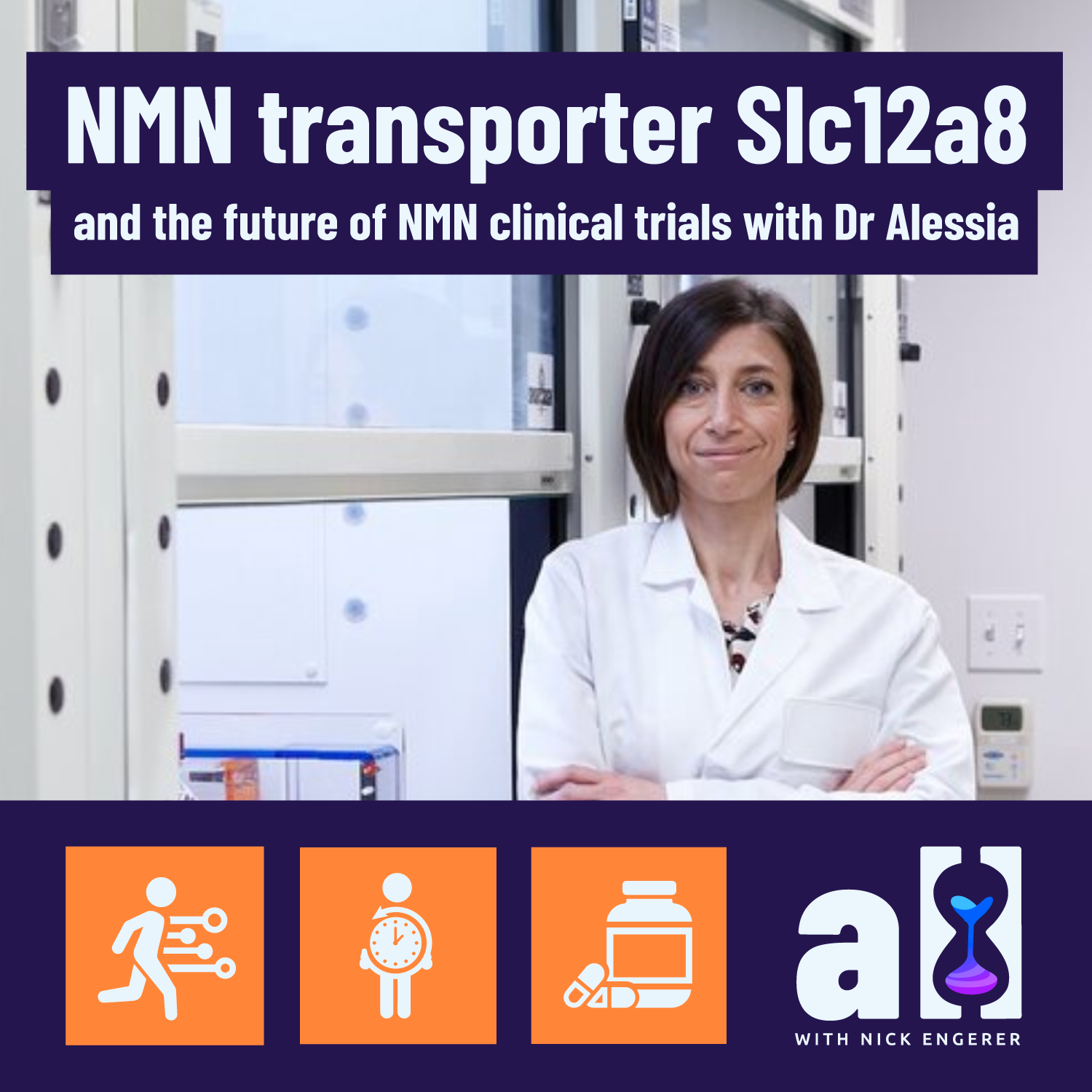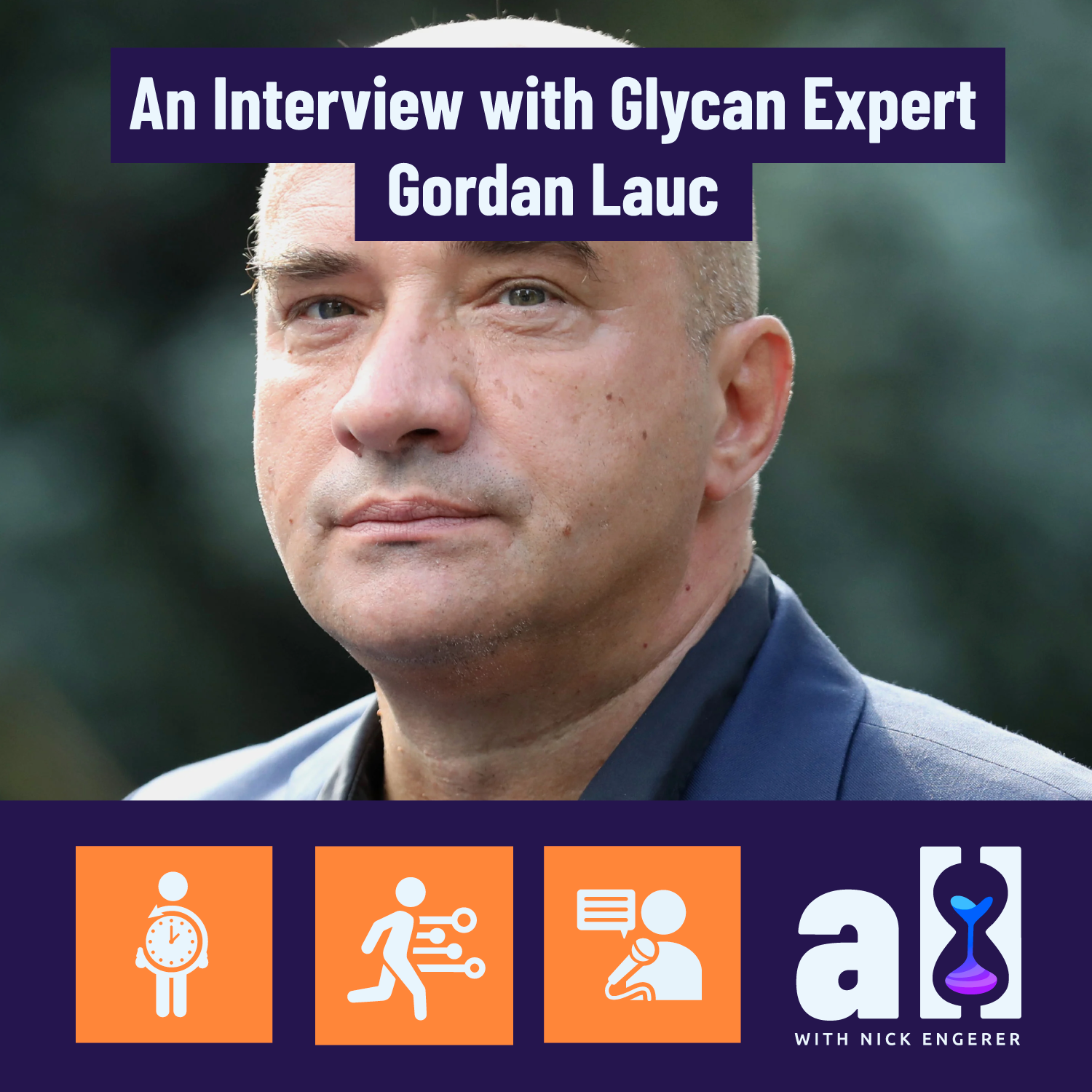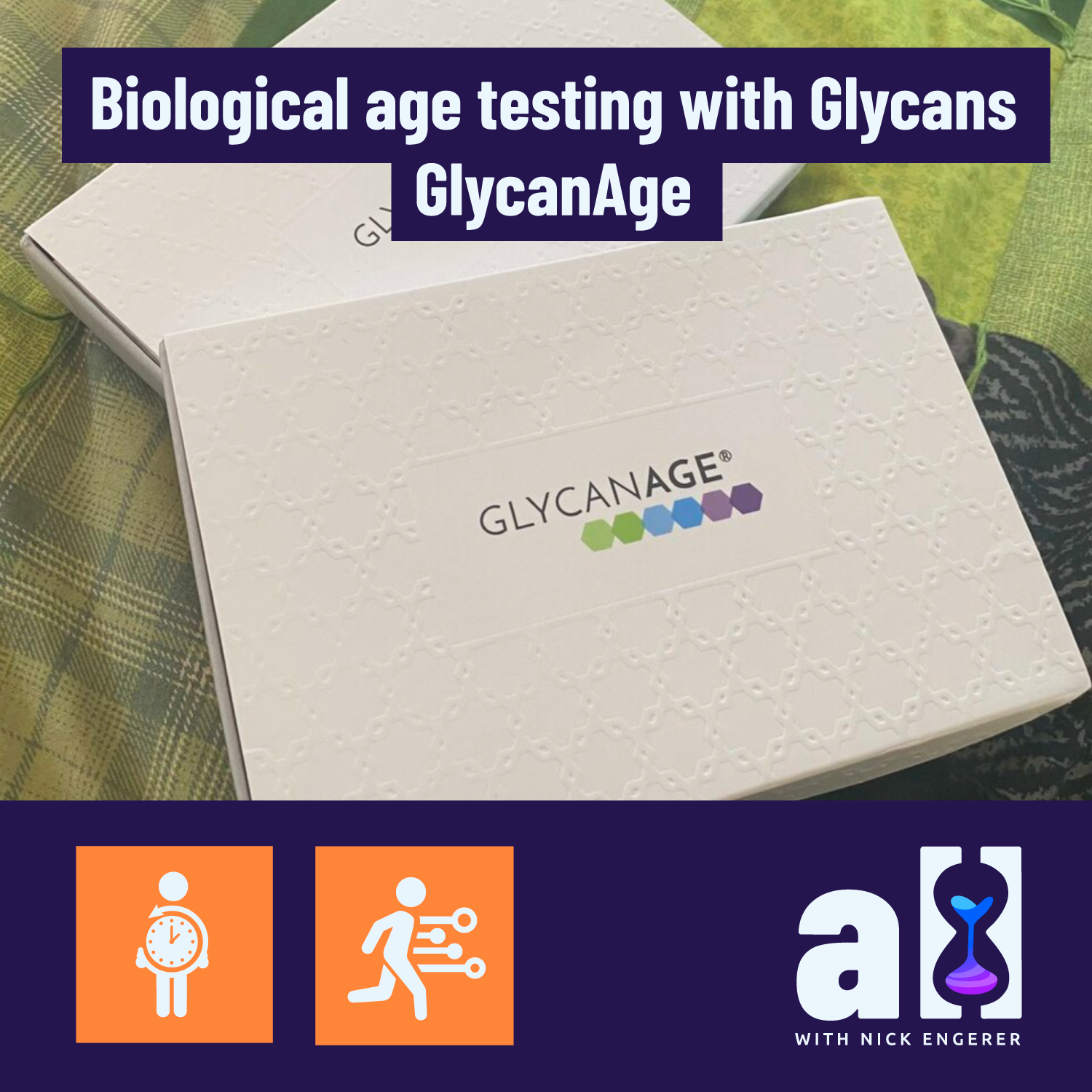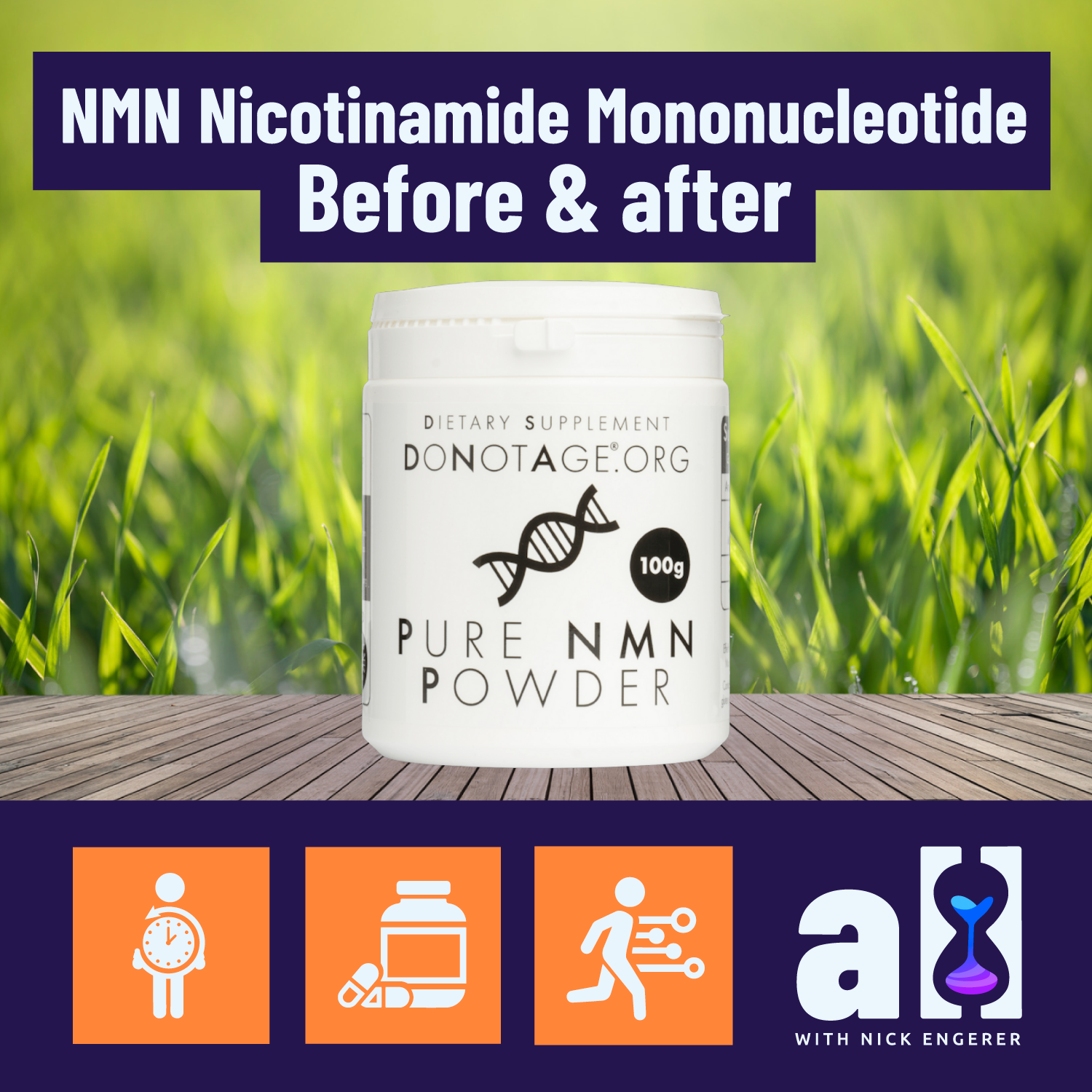Mole check technology for skin cancer screening: An Interview with MoleMap’s Chief Customer officer
In our previous post, our Founder Nick shared his personal experience with a detailed skin cancer check with the Australian based company Mole Map.
Mole Map is an innovative organisation who have more than 25 years of experience in skin cancer screening, and have pioneered new technology for imaging skin lesions (aka your moles) as well as a ‘surveillance’ system for tracking your skin continually over time.
Today, we’re following up on that content with an in-depth and exclusive interview with MoleMap’s Chief Customer Officer Vlad Mehakovic.
In this interview, we discuss the basics on how the service works, as well as Vlad’s own motivations for joining the company nearly two years ago.
With the basics covered, we dive into the details on how their ‘surveillance’ approach is enabling customers to manage their unique skin cancer longevity risk, and why the business model has been such a success.
Also, we ask Vlad a series of questions on where skin cancer surveillance is headed in the future.
This has some exciting answers, including emerging opportunities for the application of artificial intelligence to the skin cancer detection challenge, as well as a future where more of us are empowered to self-monitor our own skin using apps (some of which are freely available from Mole Map already).
There’s even a cool AI start-up company in the mix! There is plenty to learn about in this post, so without further delay, let’s chat with Vlad from MoleMap.
This interview was conducted on 20 May 2021, over Zoom and is an audio transcript with minor edits for clarity, brevity and correctness.
Our guest - Vlad Mehakovic, Chief Customer Office at MoleMap
A Longer Life (ALL):Vlad, thanks so much for joining us today. To kick things off - could you give us a brief history of MoleMap and its mission?
Vlad Mehakovic (VM): Thanks for having me!
MoleMap was started about 25 years ago by a group of medical entrepreneurs. Their key innovation was creating a system for better skin cancer diagnosis. Not only a set of hardware and software technologies, but also a system that took the dermatologist away from having to do the screening process themselves.
We see ourselves as pioneers within telehealth. What we've been doing is taking specialised photography and sending them to a remote dermatologist for review - and we’ve been doing that for 25 years.
 |
How does skin cancer screening work?
ALL: Those early medical entrepreneurs, they saw a specific ‘gap’ in the diagnostic capability. Could you comment on that gap? What was it?
VM: It comes down to standardisation. We've got a standardised way to map at your entire body, at a macro level. We then go micro and do diagnosis when there are lesions (medical term for all types of moles) of risk. These risky lesions are identified by a trained registered nurse (melanographer), they will take macro images of your skin followed by a micro, very close up, image of your skin. This is completed with a specialized camera (Molecam). [See the process yourself in Nick’s post about his MoleMap visit]
This camera can see under the first few layers of your skin. Those images are then passed on to a dermatologist who reviews them remotely. We've built one of the best dermatologist teams in Australia and New Zealand, some real leaders in dermatology.
A ‘melanographer’ use a ‘Molecam’ to image a mole on Nick’s foot!
This team-up between the melanographers and dermatologists with high quality images, allows people to track their body over time. This is the ‘surveillance system’ in action. It's not a one time solution, it's something that you repeat over time. This is important because skin lesions can change very quickly.
ALL: MoleMap has clearly built a talented team, and have creatively structured the business so you can pull in the best dermatologists to review the images, leaving the technical side of assessing the skin and taking images to the melanographer. It’s a great model.
Speaking of talented people coming into the company, you're the Chief Customer Officer and have been in that role for going on two years now. Talk us through what drew you to MoleMap?
VM: I came onboard as a consultant initially and I saw lots of opportunities for growth. After a few months a new CEO (Tanya Houghton) came on board. Everything was working well, and I really liked the company. I was really honored when she asked me to keep on working with business.
ALL: We like how you're talking about a team who is continuing to pioneer technology for skin cancer surveillance. It is quite a remarkable success story of applying a technology to cancer detection.
Does Skin Cancer Screening Save Lives?
ALL: Can you tell us in the instance of skin cancer, why does early screening, save lives?
MoleMap provide extensive literature and supporting information about the many types of skin lesions, and the ones you need to watch out for
VM: It’s a pretty simple equation - the less cancerous tissue there is to remove, the less likely that cancer is getting into the bloodstream. The earlier you remove them, the higher the rate of survival. It's really that simple.
Again, it's not necessarily just the technology, it's the system that we offer, that really offers the step-change. There are a lot of different medical professionals, even with good technology, good dermascopes, but they don't necessarily get their education updated after attending med school. It is the application and the surveillance system that allows us to detect skin cancer systematically and comprehensively.
ALL: In our Founder Nick’s personal experience with MoleMap, he reviewed the very technical way you map the entire body. It first calls out areas of interest, but then, of course, requires the user to come back.
It seems that this surveillance system has been remarkably successful. MoleMap have seen over 300,000 patients, mapped over 5 million moles. Can you take that a step further? What is the likelihood that this surveillance approach will save somebody's life?
VM: On average, we’ll see a bit more than 50,000 people a year, and that grows every year. About 30% will have some sort of recommended action. Most often, that is to continue monitoring a lesion closely.
We've started providing an increasing number of free tools for our patients & non-patients alike, to help support them. One of these is a web application that allows you to track your own lesions over time. This web app can also integrate that with the professionally taken photographs from our clinic.
So of those 30% where we advise continual monitoring, around 3% of people need urgent attention. We call them straight away and advise to see a dermatologist immediately.
If Skin Cancer Screening Reveals an Issue, What Next?
ALL: In the case of a finding that is immediately actionable, talk us through what happens next for a patient.
VM: If there is a lesion requiring urgent attention, we'll call that patient to find out if they've got an existing dermatologist or GP whom we can send them a copy of our detailed report. If the patient gives permission, we send off the report and then the practitioner will understand what needs to be done and can act swiftly.
ALL: In the case where there's an immediate finding we could argue the MoleMap visit has been a life saving intervention.
Should I Get a Skin Cancer Check?
ALL: Coming back to those 50,000 or so people that come every year, nearly 40% of Australians have never had a skin cancer check, and many more of them fail to do it regularly. Why do you think it is such a difficult thing for people to manage? Why don’t more people complete regular skin cancer screenings?
VM: Compliance is a difficult thing, full stop. The number one barrier we talk about is apathy, as in, it won't happen to me. The main driver we see that finally gets people to act is when someone close to them - a loved one, a close friend - is diagnosed with skin cancer or dies from it. In the case of males, it's usually a spouse that drives them in to get screened. To be honest, guys don't tend to come in of their own accord.
ALL: This is where we wanted to pivot to next - these objections: apathy, time, budget, nerves - what are some elements of the MoleMap service that help people get past those barriers and into a regular screening program?
VM: Our core service is going to cost what it's going to cost. So really, when people talk about cost, they're talking about value. What we're trying to do is support people in and around the visit, even before the visit.
Software management tools are a great example. First, risk assessment - we've got an online risk assessment. We also provide a free service where you can talk to one of our melanographers for 15 minutes to assess your risk and find the right service fit for your needs. We have a free online body map tracker, which allows you to actually track your own moles for a period of time.
“The number one barrier we talk about is apathy, as in, it won’t happen to me.”
Skin Cancer Screening with your GP?
ALL: We understand there is currently an effort to get your technology directly into the GP room. In this model, GPs are provided the same system you offer and you train their nurse staff to complete the assessment. Tell us about the maturity of this strategy - Is it a pilot project? Or is this something you're in the process of going more widely?
VM: The pilot is well and truly done, and we've validated that it makes sense. It's got a lot of interest. We've rolled it out successfully in a number of practices across Australia, and we're beginning to roll that out in in New Zealand as well. It's going extremely well
ALL: Is this something Australian’s should be asking their GP about - saying “Hey, have you heard about the MoleMap technology? I'm interested”.
VM: Look, that would be lovely. A significant number of GP visits are already skin related, and GPs are increasingly, in the last decade becoming increasingly educated around skin diagnosis. It's an already growing aspect of general practice. We're coming in with a holistic solution that hopefully, increases the patient outcome while decreasing the workload on the practice.
Artificial Intelligence for Skin Cancer Screening
ALL: Continuing down the technology angle, looking into the future, MoleMap have created a very large database of skin lesions. Upon each visit, there is an opportunity for patients to opt in to allow their moles to be part of R&D.
Let's talk about MoleMaps R&D a bit, specifically where skin cancer detection technology is going in the future. As a starting point - explain what happens when one of your patients opts-in to allows their anonymous mole/lesion images to be sent off to improve the detection technology? What's happening there? What is their contribution, so to speak?
MoleMap operates the biggest database of high resolution skin lesion images in the world. Perfect for training Artificial Intelligence algorithms. Picture: one of Nick’s moles that he needs to track!
VM: Our vision is a world where all skin cancers get diagnosed and treated. That means we need to have a variety of options and solutions. The more lesion images that we can capture and categorise, the better that we can achieve that outcome. So that means we've got to look a lot further than just our own clinics.
We're starting to do that by offering that service to GPs and we are in the talks with a couple of big pharmacies. We have a workplace program where we come into your office.
About three years ago, we kicked off a process with IBM, because we have the biggest database in the world of high quality dermatologist diagnosed and categorized skin lesions approved to be used for research and development.
“Our vision is a world where all skin cancers get diagnosed and treated”
ALL: That is a highly valuable and unique asset. So, what are your plans for this database?
VM: For the last three years, we've been using that imagery to train an artificial intelligence algorithm. Specifically, a convolutional neural network. And we’re continuing to optimise its ability to categorise skin cancers correctly.
We’ve also been working with Monash University, which has progressed to the stage where we've been comfortable enough to really want to invest in the commercialization of that technology. About six months ago, we formed a start-up company. It’s a stellar team of both technical business people, but also scientists within AI that have applied AI commercially in medical imaging in the past.
The team is now in the process of regulatory approval, which means, number one, being able to use that AI as a medical device. Secondly, the team needs to figure out how it makes sense to take it to market.
ALL: Is this company currently in stealth mode, or can we know its name?
VM: Oh, it's called. It's called kāhu, named after a large hawk known for its sharp vision. The only thing that’s really stealth is what exactly the product is going to be. We've got some tight time pressures on that team and are expecting to get it to market quickly.
How Might AI Change The Skin Cancer Screening Process?
ALL: When it does come to market, what is the vision for how that might change diagnosis or the surveillance process for catching potentially cancerous lesions?
AI will assist dermatologists by reducing the time they need to spend assessing each skin lesion.
VM: Well, again, if we go back to our global vision of the business, we're trying to get more images diagnosed. So this potentially helps that happen. It's unlikely that it's going to be the case where there is no human intervention. If you look at a lot of the best applications of AI, it's assisting an existing professional in the decision making rather than taking over the decision making process.
The AI technology would most likely be running alongside an already trained healthcare professional. It’s main potential is to deliver a higher level outcome to a wider audience - in other words, deliver the same level of diagnosis and categorization and patient outcomes, without having to have as much specialist contribution for every single lesion.
The Future of Skin Cancer Screening is Based on enabling patients to self-manage risk
ALL: That's a great answer. Just as an aside to that, it was actually announced just today that Google had launched an AI health tool for skin conditions, including skin cancer. So that is another signal that artificial intelligence and good data sets in skin health is part of the future.
Pulling from your insights and some of the things you just talked about, what is your vision for how skin cancer diagnosis and treatment is going to change in the next 5 to 10 years?
VM: I think the key thing is, we've got to think about how to enable the patient to better manage risk themselves. There's a couple of levels of triage that happen. A patient goes to see a doctor, when they've got an issue, usually it is their family GP. They go and see that person for advice.
MOBILE APPS FOR SKIN CANCER?
A Longer Life will soon be reviewing a selection of DIY options for skin cancer screening, be sure to subscribe below to get notified when that new content arrives!
Now, the nature of that is changing somewhat. There are now a number of mobile applications that are claiming various things that you can do by taking a photo of your skin with your phone and performing self-tracking. But the truth is the quality of those images and the ability of those people to really do the same job as a trained professional - there's quite a gap.
What we need to be able to do is get the best system and solution in as many doorways where patients are already visiting, as possible. The intent for us is really Australia and New Zealand as a testbed, before we begin to export globally. But we want to prove the case, really solidly here first, before we start to look at those options.
Bulk Billed Skin Cancer Checks
ALL: Your answer actually flows on really nicely to an Australian specific question - when can we expect ‘bulk billed’ skin cancer checks to become available? It’s a legitimate question, given the prevalence of the disease in Aussies.
Is there a future for bulk-billed skin cancer checks in Australia? Not anytime soon, unfortunately
VM: We haven't heard any plans, even of it being reviewed. We don't go out and lobby or do anything like that. For us it's a step by step approach. We know that Medicare coverage for these checks would be hugely powerful. It would be good for Australians, it would be good for skin cancer diagnosis.
The first step that we can take, and we’re making some headway with, is working with major private insurance providers. More than one of the major private insurance companies in Australia are interested, and we're talking things through. We’re hoping to launch some partnerships very soon. That would be a really good first first step.
ALL: At least there's some hope in the future with private health cover!
VLAD’s Personal Approach to Longevity
ALL: We're gonna wrap this interview up now, Vlad, but before you go we always like to ask interviewees a little bit about what they do for their own longevity and health. To start, do you use the MoleMap technology yourself?
VM: Yeah, of course! I believe in proactive health management. I have an annual week of bloods, gut, dentistry, skin health that I personally go through. It's almost that via negativa process of ruling out the worst conditions. I totally believe in proactive health management to increase longevity and quality of life.
ALL: Great to hear that! What have you learned from that week of focus that could be valuable to our readers in terms of putting together their own longevity strategy?
Establishing a good working with your personal doctor is a key longevity tip from Vlad. (GP = general practitioner, the same as Primary Care Physician in the US).
VM: I've got a great holistic GP, and I've started educating myself around the importance of gut health, more so than anything else. I know that skin cancer is bad, of course, and I need to be monitoring it. I know that heart attacks and strokes are bad, and I should be monitoring them. Putting it all together makes sense.
ALL: So a good relationship with a high quality doctor has been one of the most important parts of that journey for you, as well as taking initiative to educate yourself on longevity risks.
VM: Yeah, totally!
ALL: Thank you so much for contributing today, Vlad. We really appreciate it!
VM: Thanks mate!
FDA & TGA DISCLAIMER
This information is intended for educational purposes only and is not meant to substitute for medical care or to prescribe treatment for any specific health condition. These blog posts are not intended to diagnose, treat, cure or prevent any disease, and only may become actionable through consultation with a medical professional.

